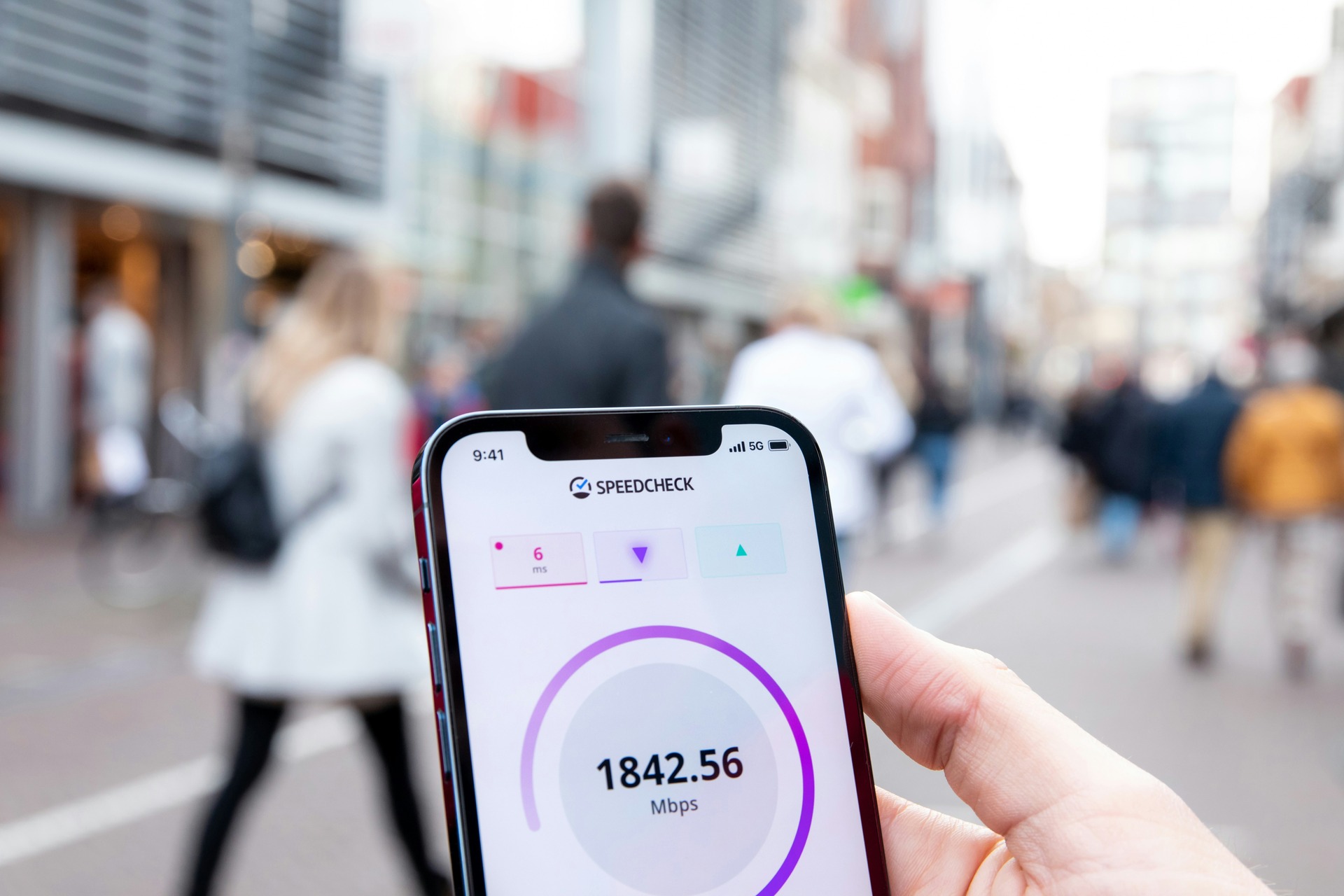These top eight Google Sheets tips will help you become a productivity pro with today’s most popular free spreadsheet app. Sheets has a lot of features and tools packed into it, but you might not know about some of them.
For example, did you know that you can automatically check if emails in your spreadsheet are formatted correctly? All it takes is a simple formula. What are some other productivity hacks for Google Sheets?
1. Paste Tables and Data Directly From Web Pages
Did you know that you can import whole charts from web pages directly into your spreadsheets? This is one of the easiest Google Sheets tips, requiring a simple function:
=IMPORTHTML(“url”)
You can also use a more complex version of this function to customize how the data is imported. For example:
=IMPORTHTML(“url”, “table”, “3”)
This function would import the third table that appears on the url web page and insert it in the sheet as a table. You can exchange table for list depending on the format you prefer. Make sure to carefully check which table or list the one you want is on the source web page. For instance, if you are importing a table from a Wikipedia page, there could be half a dozen or more tables on that same page. Simply count the charts starting at the top of the page to double-check which chart you want to import.
2. Mini Single-Cell Charts
Sparklines are a fun and helpful feature available in Google Sheets. In fact, you might be surprised by just how capable the Sparklines feature is. This function creates a mini, single-cell graph or chart in your sheet. It may be a small graph, but there is loads of customization available, from the type of graph or chart to the colors for different data types.
To create a Sparkline chart, start with the following simple function, replacing “cell range start” and “cell range end” with the range of cells you want in the chart.
=SPARKLINE(cell range start:cell range end)
To customize the chart this function produces, use the more complex version of the Sparkline function, such as the sample below:
=SPARKLINE(A1:D4, {“charttype”, “bar”; “color”, “blue”})
This function would create a bar graph with blue bars showing data between cells A1 and D4. You could use dozens of other customization options to fine tune the chart and give it the exact appearance you want. Customization options don’t need to be in a specific order. You just need to make sure you use the quotations, commas, and semicolons as shown above.
3. Automate Checking Email and Link Formatting
There are many situations where you might want to index email addresses or hyperlinks in a spreadsheet. For instance, maybe you want everyone to sign in at a large team meeting by entering their email address in a Google Sheet so you can send out a survey after the meeting.
In situations like this, it would be time consuming to manually read through every email address or link to make sure it is formatted correctly. Luckily, there’s a function in Google Sheets you can use to automatically check formatting:
=ISEMAIL(cell)
This simple formula will tell you if a cell contains an email address or not. You can make it more functional by using it to set up conditional formatting in your sheet. Start by setting up your sheet and deciding what column you want email addresses to go in. Leave the next column blank. In this column, select the cell by the first email address space and type in the ISEMAIL function. For example, if you have email addresses in the C column starting in the first row, you would type in cell D1:
=ISEMAIL(C1)
When you press enter, cell D1 should say either “TRUE” or “FALSE” depending on whether you have a properly formatted email address in cell C1. To apply this to your whole list of email addresses in the C column, simply click cell D1 and drag the blue box down over the rest of the D column. You can also select this same range of cells and use conditional formatting to mark cells containing the word “FALSE” a certain color. This way people can see right away if they didn’t format their email correctly.
4. Translate Multilingual Sheets
There are many reasons you might have data in your sheet that is in different languages. One of the best Google Sheets tips for multilingual teams or projects is using the translate tool. You can use a simple function to translate any cell in your sheet:
=GOOGLETRANSLATE(cell)
By entering the cell number you want to translate, such as B4, Sheets will automatically run the content of the cell through Google Translate for you. If you want to specify a language to translate the cell text to, you can use the more complex version of the function:
=GOOGLETRANSLATE(cell, [“source language”, “target language”])
It is important to note that you will need to use the two-letter code for the source and target languages. Refer to Google’s list of supported languages to find the appropriate language codes. The completed function should look like this:
=GOOGLETRANSLATE(B4, [“es”, “en”])
5. Simplify Analysis With Pivot Tables
Using pivot tables is one of the most helpful Google Sheets tips. Pivot tables allow you to do quick data analysis on your sheet using a variety of analysis and visualization options. There are a couple ways to create pivot tables.
The “Explore” feature in Google Sheets will often suggest pivot tables based on the data you have entered in your spreadsheet. Using these suggestions can simplify pivot table creation, so it is worth checking to see what suggestions Google comes up with before trying to manually create a pivot table.
If the “Explore” suggestions don’t have the type of table you’re looking for, you can manually create a pivot table. Navigate to the “Insert” tab on the toolbar and select “pivot table”. This will prompt you to select where in your spreadsheet you want to put the pivot table. Once you choose a spot, your pivot table will appear. You can then choose data or values to add to the table.
From there, you have a variety of options to choose from in terms of customizing your pivot table. You can use the “summarize by” menu to choose how your data is calculated in the table. “Show as” and “Filter” will edit the way your data is displayed. To simplify things, Google has a free pivot tables template you can use to get started.
6. Prevent Unauthorized Edits in the Settings
If you are working on a sheet that you’re sharing with other people, it can be frustrating when others edit cells by mistake or without asking. They could change info, enter inaccurate data, or mistakenly throw off a formula you have set up. You can prevent errors like this by preventing others from editing certain cells in your sheet.
To do this, navigate to the “Data” tab in the main toolbar on your sheet. Select “protect sheets and ranges”. This will open a side panel where you can select the data you want to protect from editing. You can even choose to permit certain users to change data while excluding everyone else. This allows you to prevent unauthorized edits without sacrificing flexibility.
7. Automate Your Sheets With Macros
Trying out macros is one of the best Google Sheets tips for people who use Sheets frequently, especially for repetitive tasks. For instance, you might use Google Sheets to create a budget planner every month. You can make it much easier to set up your monthly sheet by creating macros, automated tasks you can reuse from one sheet to another.
Creating a macro is easy – you don’t even need to code or enter a function. Navigate to the “Extensions” tab on the main toolbar above your sheet and select “Macros”. Here you’ll find an option to record a new macro. When you select this, Sheets will automatically start recording the changes you make to your sheet. For instance, you could hit record, select cells A1 through D1, and hit “bold” then stop recording. This will create a macro that bolds cells A1 through D1.
It is important to note that recording a macro does not record your screen, just the series of changes you make to your sheet. So, if you are working with sensitive data, you don’t need to worry about unauthorized screenshots.
To access and use your macros, simply go back to the macros menu in the extensions tab in your toolbar. Here you can see all of the macros you have created so far, delete any you no longer need, or edit existing macros. When you create a macro, you can also set a keyboard shortcut for it to make using it even easier.
8. Publish Your Charts and Graphs Directly From Sheets
The awesome graphs and charts you create in your sheets don’t have to stay there. Exporting your charts is one of the most useful Google Sheets tips everyone should know. It’s easy, too, taking just a few clicks.
Once you have a chart or graph set up in Sheets, click on the chart then click on the three dots that appear in the top right corner of your chart. This will open a menu where you can download or publish the chart. To save the chart to your device, select “Download as” and the file type you prefer.
To publish the chart as a link or embed it in a web page, select “Publish chart”. The option to embed the chart will create HTML code for it that you can add to the website where you want the chart embedded. Publishing the chart as a link is an easy way to share your chart with friends, colleagues, or other teammates.
Boosting Productivity with Google Sheets Tips
Google Sheets is a highly versatile tool for organization and data management. The countless different features and formulas can be difficult to navigate at first glance, but a few Google Sheets tips like those above will help you make the most of this free spreadsheet app. By making use of all of the features Sheets has available, you can maximize your productivity on every spreadsheet project!
To make the most of Google Drive’s suite of apps, check out our expert tips for Google Slides to level-up your next presentation!
Recent Stories
Follow Us On
Get the latest tech stories and news in seconds!
Sign up for our newsletter below to receive updates about technology trends














